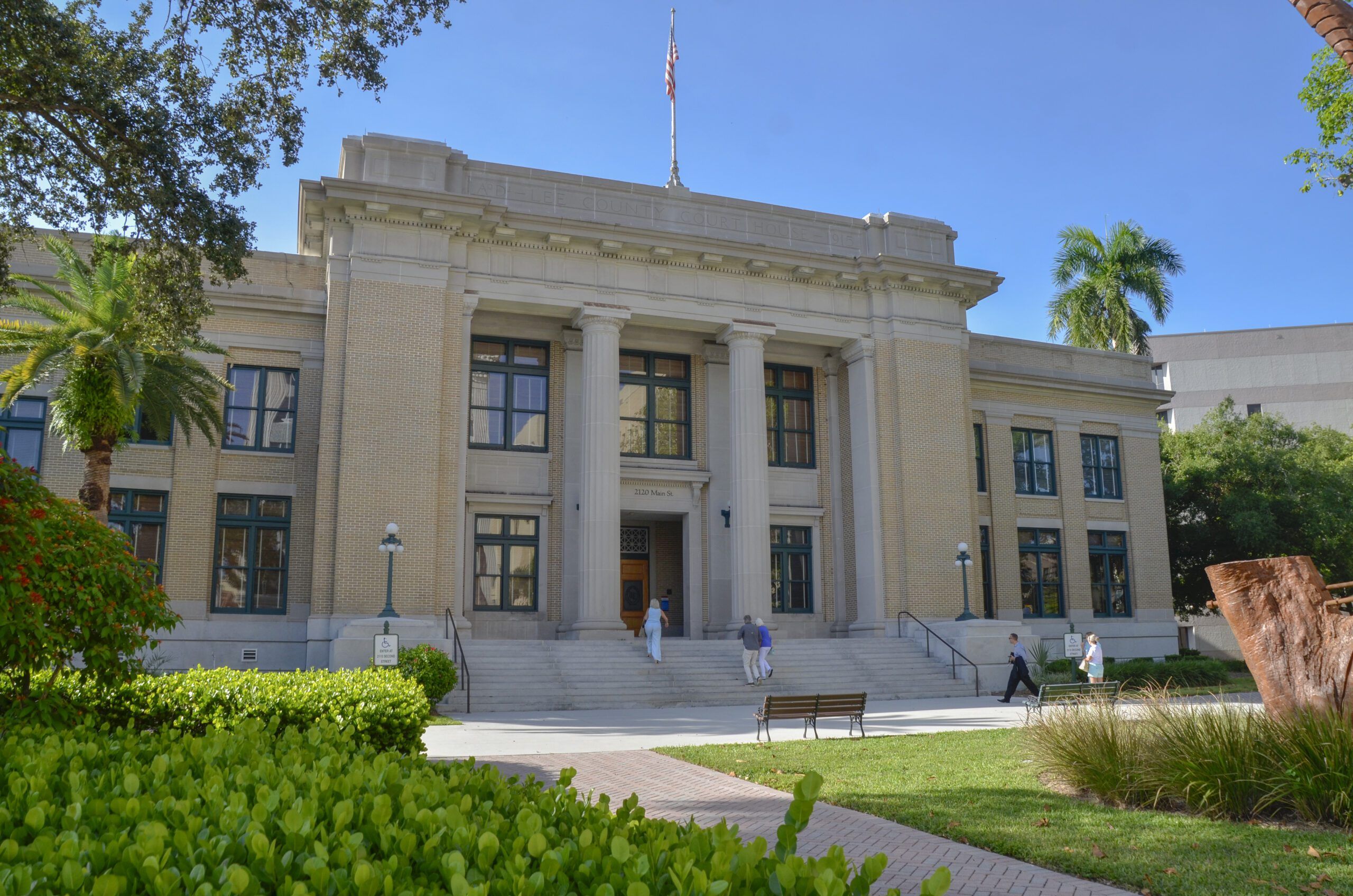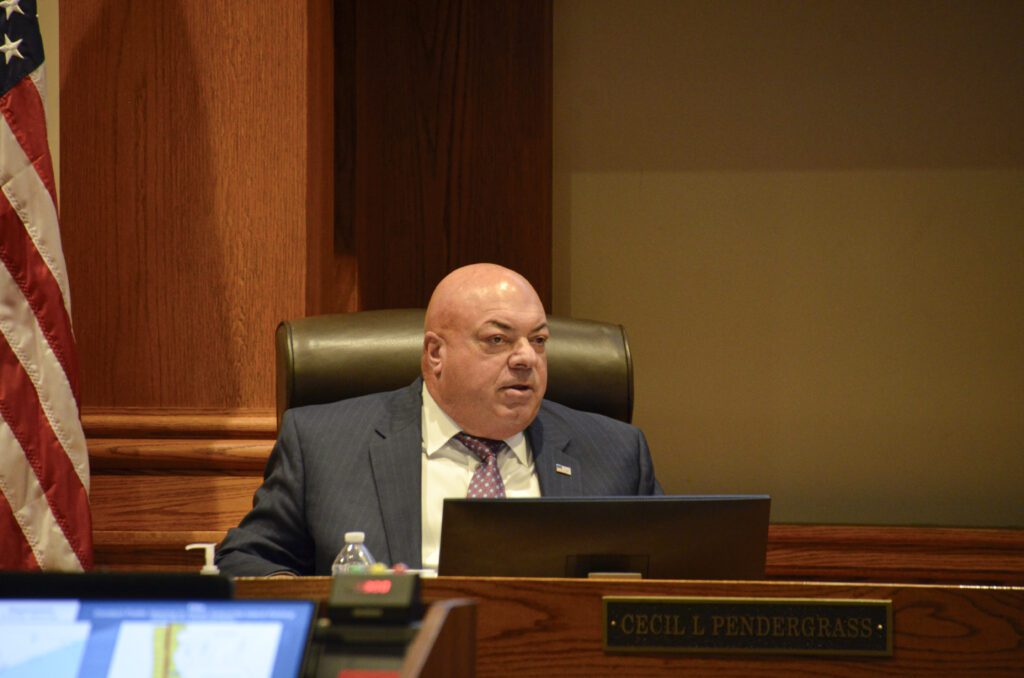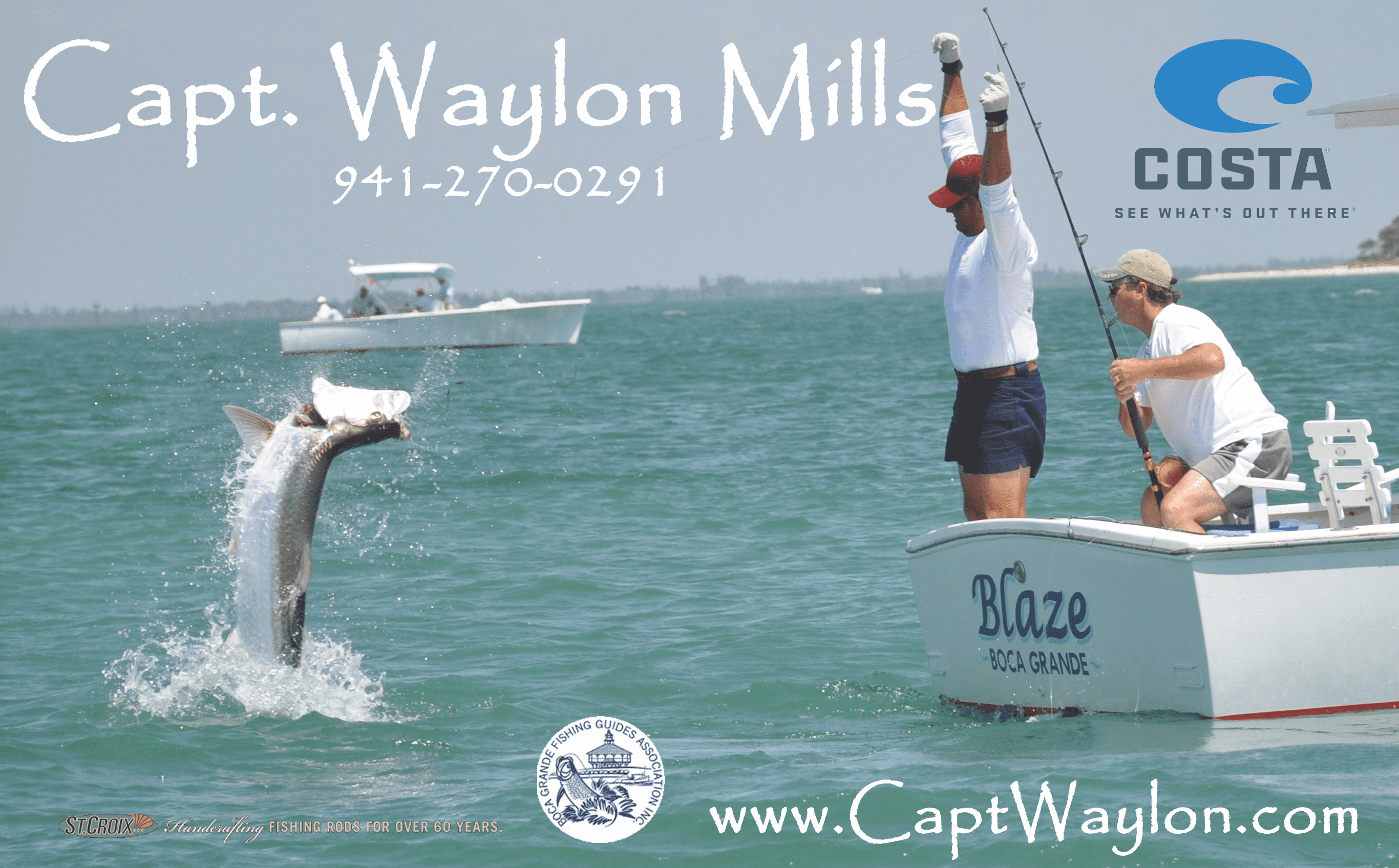Renourishment tax could await island property owners

Lee County will consider a new MSBU tax for Gasparilla Island if new parking restrictions impact beach renourishment funding. The recently passed parking ordinance will possibly involve the imposition of a new tax on Lee County property owners on Gasparilla Island to pay for beach renourishment.
Currently, Gasparilla Island’s beach renourishment is fully covered by federal and state aid, and Tourism Development Tax money.
“When the federal (U.S. Army Corps of Engineers or USACE) and state (Florida Department of Environmental Protection or FDEP) get ready to contribute to the county’s next beach nourishment project, county staff will do an analysis based on the amended parking ordinance approved Aug. 5,” said Betsy Clayton, public information director for Lee County, after the ordinance was passed.
An MSBU is a Municipal Service Taxing/Benefit Unit. It is special tax district imposed on specific property owners who “benefit” for a government service or capital project.
The issue came up at the August 5 Lee County Commission meeting. Commissioner Cecil Pendergrass asked specifically about funding for beach renourishment before there was a vote on the ordinance. Speakers during the public comment period had asserted that reducing beach access would result in a funding loss, and a Lee County staff email had indicated that there would be a possible $4.2 million shortfall, in one sample scenario floated in response to the ordinance.
Beach renourishment on Gasparilla Island is led by Lee County at the middle of the island, with Army Corps participation. There is also a separate state renourishment program under DEP at Gasparilla Island State Park, which is now under way in the south. That project is called the “Gasparilla Island State Park Shore Stabilization project.”

“We had a little comment today about funding for the beach renourishment,” Pendergrass said at Tuesday’s meeting. “In the future, how are we able to measure that? Will you come back to us later if this is passed today and tell us how that negatively affects the funding loss from the state and federal side for beach renourishment. Would that be something we could be briefed on throughout the year?”
County Manager Dave Harner replied that there was a formula for renourishment.
“The formula could change based on this, but it doesn’t mean we’re not going to get state or federal dollars,” Harner said. “It just means that formula would change. We have other avenues of how to pay for that which are around the county which is in an MSBU. So there are other alternatives other than just taking it from the General Fund and we could bring that back at a later date.”
Pendergrass then pressed on whether other parts of the county would be paying for Boca Grande’s renourishment.
“So would that money come from you said other parts of the county? Pendergass asked. “So you’re saying other MSTUs or which other funding sources were you looking at? Because when I talked to you yesterday, we said [it] would come from that. We could possibly do a MSTU for Boca Grande. In general, the Lee County portion of our grant would be paying for that renourishment.”
Harner replied yes.
Pendergrass then asked if it was something the residents would have to approve or could we “mandate back on the island for the fee collection to renourish the beaches based upon the funding loss?”
“It’s at the board’s discretion,” Harner said. “You could ask them to do a voluntary MSBU like other entities do around the county, or you can implement one. The board has that discretion to do either.”
Pendergrass then compared the situation to Captiva.
On Captiva, there is the Captiva Erosion Prevention District. That specific taxing unit and state district has elected officers and an ad valorem tax that is over $600,000 in FY 23-24. That board held a Captiva Special Election referendum in May 2024, financing a $25 million beach renourishment project to recover from Hurricane Ian. That project had a $13 million state grant to assist.
On July 30, the Florida Shore and Beach Preservation Association sent a letter to commissioners about the risk to funding if they went forward with the plan. Executive Director Pepper Urchino, FSBPA President, wrote that “if sufficient parking is not preserved, access will be limited and Lee County’s cost-share for affected projects will increase.”
January 2024 funding guidelines from the Lee County Tourism Development Council specify that “based on guidance from Attorney General Opinions and past Lee County Attorney reviews, applicants should avoid requests that include the following as they have been previously deemed ineligible.” The list includes concessions, general law enforcement, uniforms and “facilities not open to the public.”
The amount that Lee County will lose because of the parking ordinance is unclear. Currently, the tourism money comes from a 5 percent bed tax. Beach and shoreline projects are allotted 26.4 percent of the bed taxes; they can be used not only for beach renourishment, but capital projects related to beaches that “enhance tourism.”
Currently, the county is waiting on the Army Corps for the current project. In April, they commented on the Federal Register about the delay.
“We were anticipating the Corps to award a contract for nourishment in September 2025. However, progress has been stalled by ongoing real estate issues surrounding the extent and duration of construction easements.” The comment also included concern after Helene and Milton; beaches on Gasparilla Island are listed as “critically eroded” by the Army Corps.
The Federal Register Comment also mentioned other completed Lee County beaches:
“Most of our non-federal beaches have been restored, with the final segment under contract for repair this summer. The one beach that is lagging is the federal project on Gasparilla Island.”









